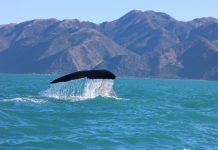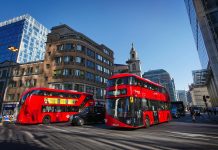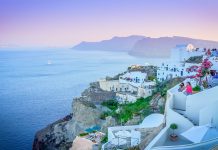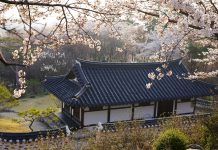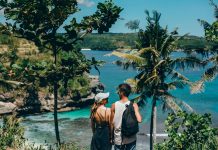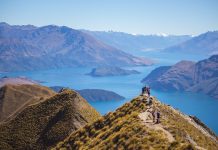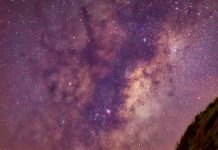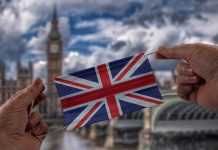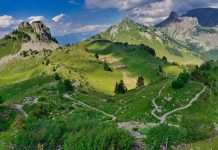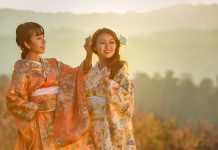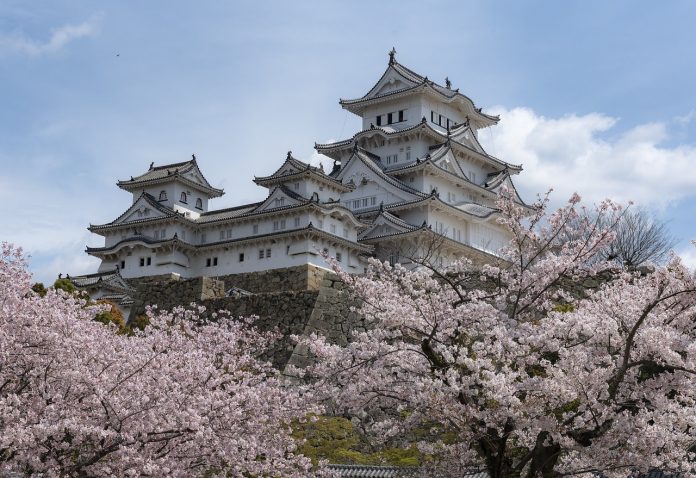Top Attractions for Japan Travellers – Top Attractions, Visitor Tips, Compare & get latest best Exchange rates for Japanese Yen #SGDJPY #JPYSGD #JPY #Yen #SingJapan https://cashchanger.co/singapore/sgd-to-jpy
-
Shibuya Crossing 渋谷スクランブル交差点 (Shibuya sukuranburu kōsaten)
Package: SHIBUYA SKY Observation Deck Ticket in Tokyo
Promotion: SGD$ 18.19SGD$ 19.99(Book here)A popular scramble crossing in Shibuya, Tokyo, Japan. It is located in front of the Shibuya Station Hachikō exit and stops vehicles in all directions to allow pedestrians to inundate the entire intersection.
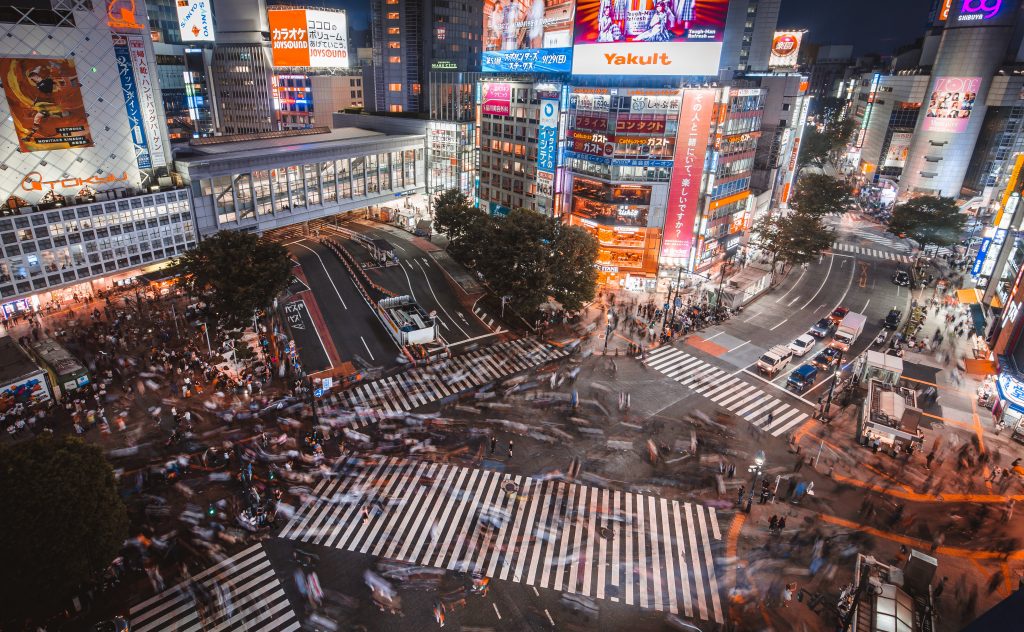
Shibuya Crossing - The statue of Hachikō, between the station and the intersection is a common meeting place and almost always crowded.
- Three large TV screens mounted on nearby buildings overlook the crossing, as well as many advertising signs. The Starbucks store overlooking the crossing is also one of the busiest in the world. Its heavy traffic and inundation of advertising have led to it being compared to the Times Square intersection in New York City and Piccadilly Circus intersection in London.
- Shibuya Crossing is the world’s busiest pedestrian crossing, with as many as 3,000 people crossing at a time. Tokyo-based architecture professor Julian Worrall has said Shibuya Crossing is “a great example of what Tokyo does best when it’s not trying.”
-
Mount Fuji 富士山 Fugaku
Package: Mt Fuji Classic Route Day Tour from Tokyo
Promotion: SGD$ 69.95 (Book here)
UNESCO World Heritage site since 2013 – is located on the island of Honshū, is the highest mountain in Japan, with a summit elevation of 3,776.24 m (12,389 ft 3 in). It is the second-highest volcano located on an island in Asia (after Mount Kerinci on the island of Sumatra), and seventh-highest peak of an island on Earth.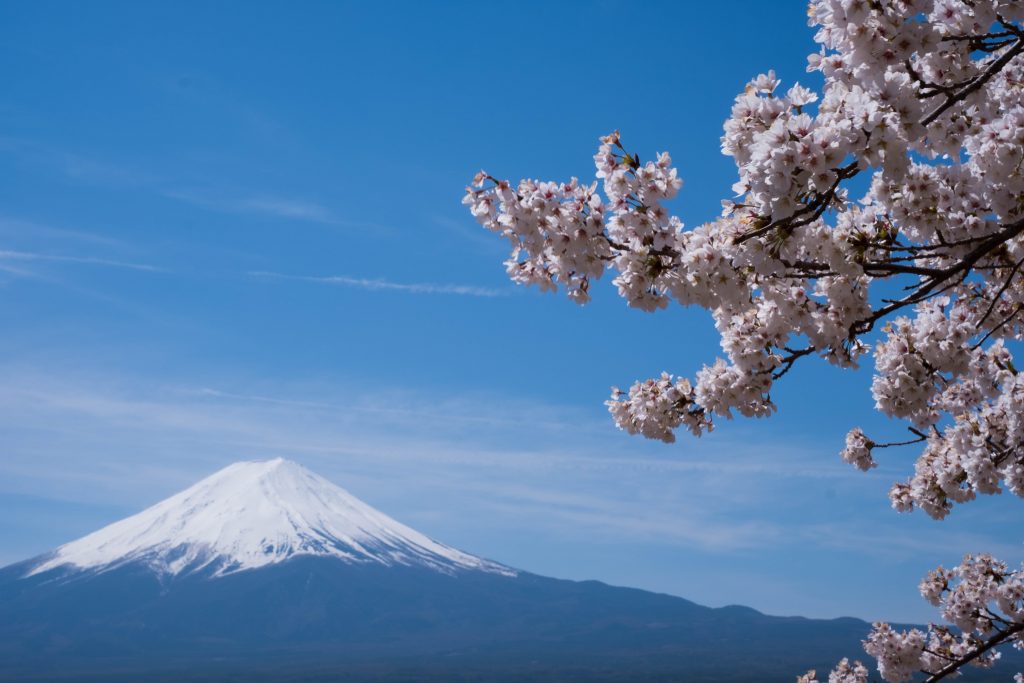
Mount Fuji - Mount Fuji is an active stratovolcano that last erupted from 1707 to 1708. The mountain is located about 100 km (62 mi) southwest of Tokyo and is visible from there on clear days.
- Mount Fuji’s exceptionally symmetrical cone, which is covered in snow for about five months of the year, is commonly used as a cultural icon of Japan and it is frequently depicted in art and photography, as well as visited by sightseers and climbers.
- Mount Fuji is one of Japan’s “Three Holy Mountains” (三霊山, Sanreizan) along with Mount Tate and Mount Haku. It is a Special Place of Scenic Beauty and one of Japan’s Historic Sites.
- Mount Fuji has “inspired artists and poets and been the object of pilgrimage for centuries”. UNESCO recognizes 25 sites of cultural interest within the Mount Fuji locality. These 25 locations include the mountain and the Shinto shrine, Fujisan Hongū Sengen Taisha.
-
Historic Villages of Shirakawago 白川郷 (“White River Old-District”)
Package: [Seasonal Limited] Shirakawago Winter Light-Up 2023 Day Tour from Nagoya
Promotion: SGD$ 211.85 (Book here)UNESCO World Heritage Site – The cultural property consists of three historic mountain villages over an area of 68 hectares (170 acres) in the remote Shogawa river valley, stretching across the border of Gifu and Toyama Prefectures in central Japan.
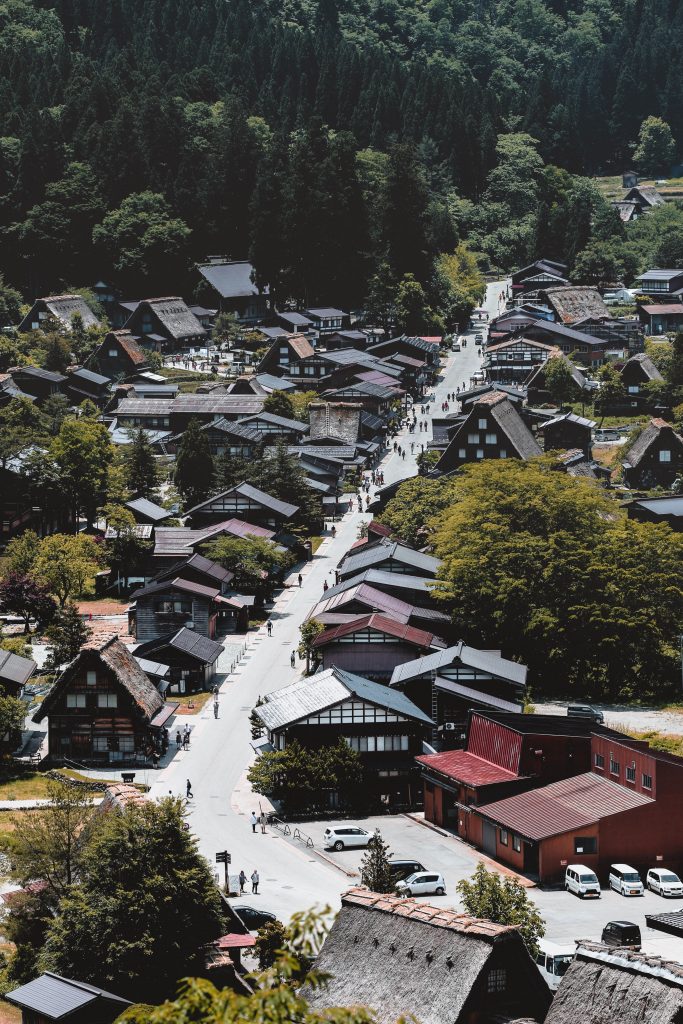
Shirakawago - Located in the village of Shirakawa in Gifu Prefecture. The Gokayama (五箇山, “Five Mountains”) area is divided between the former villages of Kamitaira and Taira in Nanto, Toyama Prefecture.
- The valley is in a mountain region with considerable snowfall, and these villages are well known for their clusters of farmhouses, constructed in the architectural style known as gasshō-zukuri (合掌造り), which are designed to easily shed snow from their steep rooves.
- The three villages are situated in a remote valley, surrounded by high and rugged mountains which receive particularly high snowfall in winter. Remoteness and difficulty of access severely restricted the connection of this region with the outside world until around the 1950s.
- This isolation led to the development of its unique culture and traditions, including the architectural tradition of the Gassho-style farmhouses which has been handed down through the generations.
-
Jigokudani Monkey Park 地獄谷野猿公苑 or Snow Monkey Park
Package: Nagano Snow Monkey Park and Zenko-ji Temple Day Tour with Sake Tasting
Promotion: SGD$ 154.89 (Book here)Located in Yamanouchi, Nagano Prefecture, Japan. It is part of the Joshinetsu Kogen National Park (locally known as Shigakogen) and is located in the valley of the Yokoyu-River, in the northern part of the prefecture.
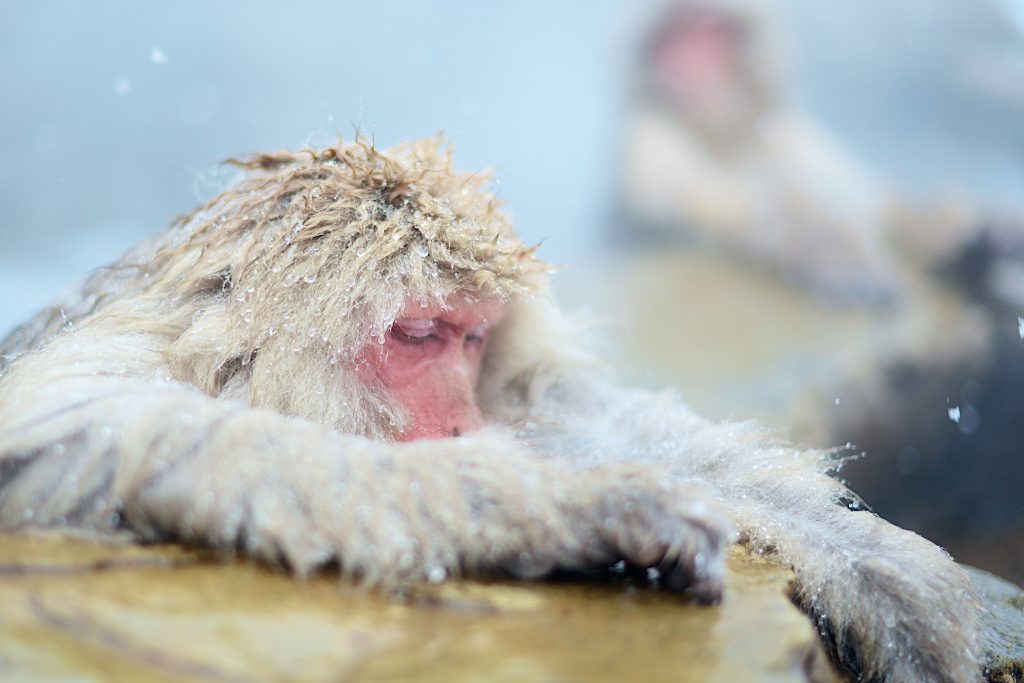
Jigokudani Monkey Park - The name Jigokudani, meaning “Hell’s Valley”, is due to the steam and boiling water that bubbles out of small crevices in the frozen ground, surrounded by steep cliffs and formidably cold and hostile forests.
- The heavy snowfalls (snow covers the ground for four months a year), an elevation of 850 m (2,800 ft), and being only accessible via a narrow 2 km (1.2 mi) footpath through the forest, keep it uncrowded despite the park being relatively well known.
- It is famous for its large population of wild Japanese macaques (Macaca fuscata), more commonly referred to as snow monkeys, that go to the valley during the winter, foraging elsewhere in the national park during the warmer months. The monkeys descend from the steep cliffs and forest to sit in the warm waters of the onsen (hot springs) and return to the security of the forests in the evenings.
- However, since the monkeys are fed by park attendants, they are in the area of the hot springs all year round, and a visit at any season will enable the visitor to observe hundreds of the macaques.
-
Kyoto (Fushimi Inari), Arashiyama, Kiyomizudera
Package: Kyoto Day Tour
Promotion: SGD$ 154.89 (Book here)UNESCO World Heritage Site since 1994 – the capital city of Kyoto Prefecture in Japan. Located in the Kansai region on the island of Honshu, Kyoto forms a part of the Keihanshin metropolitan area along with Osaka and Kobe.
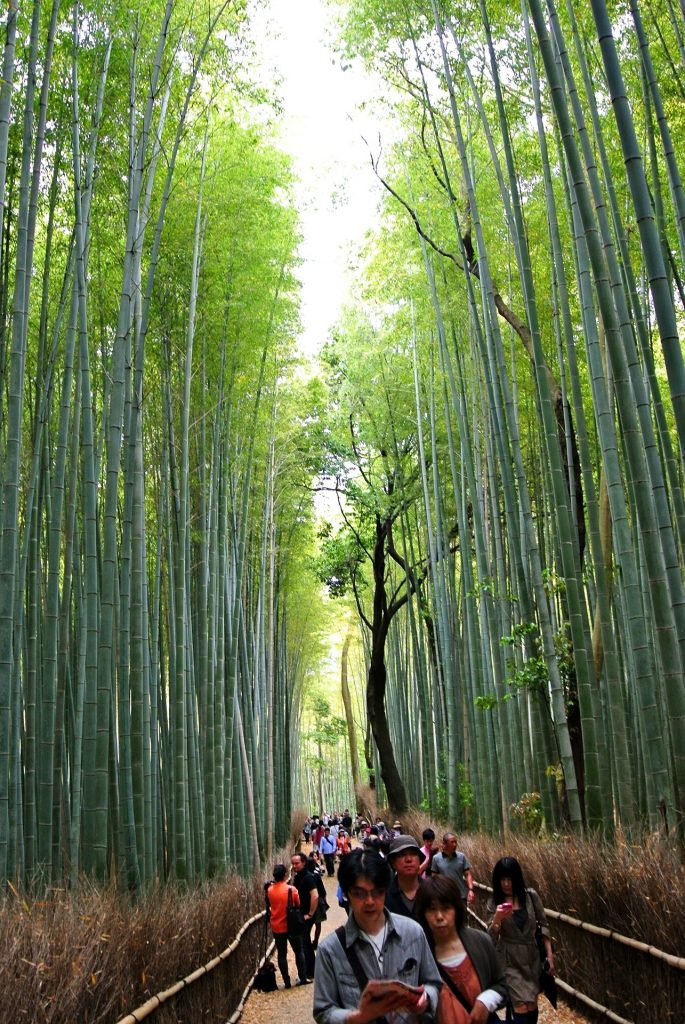
Arashiyama, Kyoto - As of 2020, the city had a population of 1.46 million. The city is the cultural anchor of a substantially larger metropolitan area known as Greater Kyoto, a metropolitan statistical area (MSA) home to a census-estimated 3.8 million people.
- Kyoto is one of the oldest municipalities in Japan, having been chosen in 794 as the new seat of Japan’s imperial court by Emperor Kanmu. The original city, named Heian-kyō, was arranged in accordance with traditional Chinese feng shui following the model of the ancient Chinese capital of Chang’an/Luoyang.
- The emperors of Japan ruled from Kyoto in the following eleven centuries until 1869. It was the scene of several key events of the Muromachi period, Sengoku period, and the Boshin War, such as the Ōnin War, the Honnō-ji Incident, the Kinmon incident and the Battle of Toba–Fushimi.
- The capital was relocated from Kyoto to Tokyo after the Meiji Restoration. The modern municipality of Kyoto was established in 1889. The city was spared from large-scale destruction during World War II and as a result, its prewar cultural heritage has mostly been preserved.
-
Miyajima 宮島町 (Miyajima-chō)
Package: Rickshaw Experience in Miyajima
Promotion: SGD$ 98.80 (Book here)Itsukushima Shrine UNESCO World Heritage Site – a town located on the island of Itsukushima in Saeki District, Hiroshima Prefecture, Japan, with an estimated population of 1,564 and a density of 51.46 persons per km2. The total area was 30.39 km2.
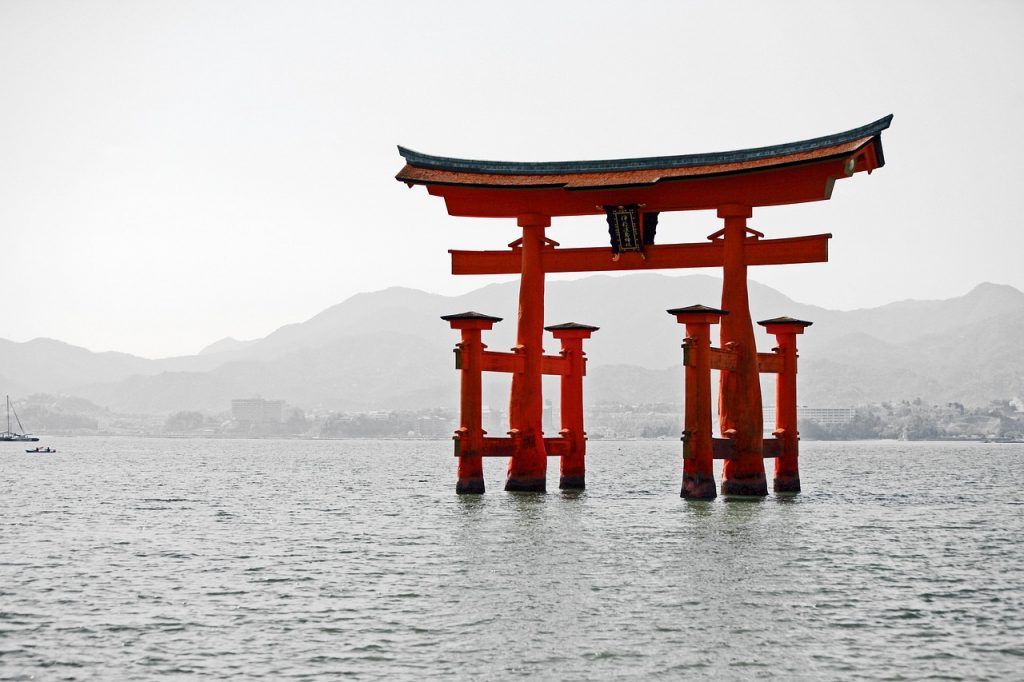
Itsukushima Shrine, Miyajima - The island is one of Hayashi Gahō’s Three Views of Japan specified in 1643. Itsukushima is part of the city of Hatsukaichi in Hiroshima Prefecture. The island was part of the former town of Miyajima before the 2005 merger with Hatsukaichi.
- The Itsukushima shrine was established in the time of Empress Suiko. The warrior-courtier Taira no Kiyomori gave the shrine its present form. In 1555, Mōri Motonari defeated Sue Harukata at the Battle of Miyajima. Toyotomi Hideyoshi built a large building, the Senjō-kaku, on a hill above the shrine.
- Itsukushima has a number of temples, including Toyokuni Shrine with a five-storied pagoda, and Daiganji Temple – one of the three most famous Benzaiten temples of Japan. The island is also famous for its upper hill side cherry blossoms and maple leaf autumn foliage.
-
Himeji Castle 姫路城
Package: Himeji Castle Grandvrio Hotel
Promotion: SGD$ 94.10 per night (Book here)Himeji-jō, the Shirasagi-jo (White Heron), UNESCO World Heritage Site – a hilltop Japanese castle complex situated in the city of Himeji which is located in the Hyōgo Prefecture of Japan.
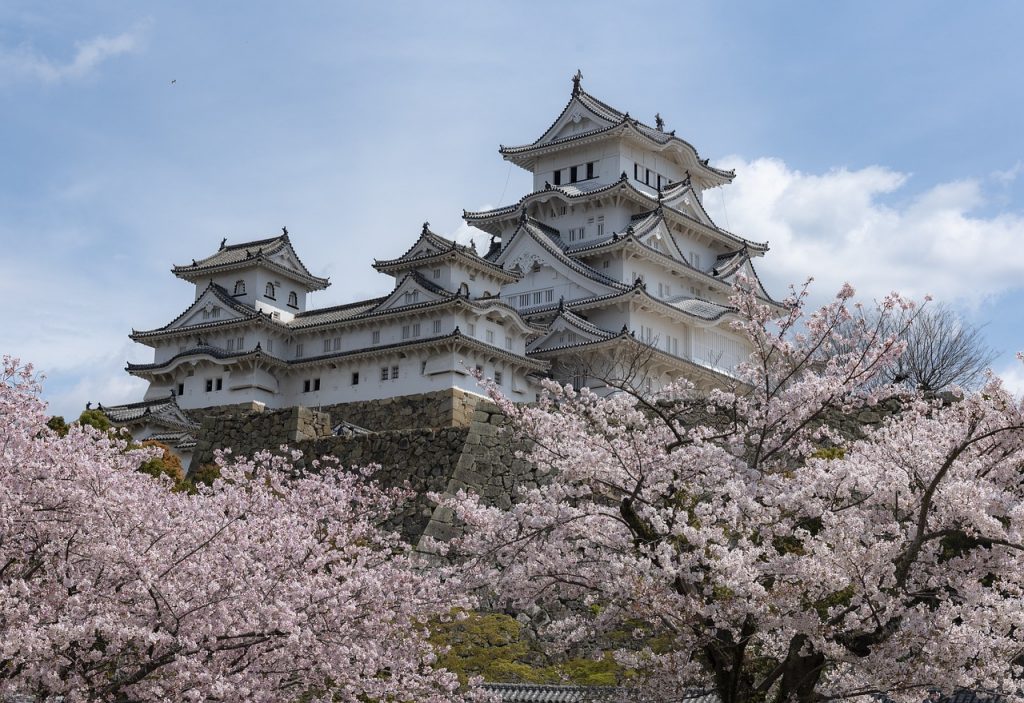
Himeji Castle - The castle is regarded as the finest surviving example of prototypical Japanese castle architecture, comprising a network of 83 rooms with advanced defensive systems from the feudal period.
- Himeji Castle dates to 1333 when Akamatsu Norimura built a fort on top of Himeyama hill. The fort was dismantled and rebuilt as Himeyama Castle in 1346 and then remodeled into Himeji Castle two centuries later.
- Himeji Castle was then significantly remodeled in 1581 by Toyotomi Hideyoshi, who added a three-story castle keep. In 1600, Tokugawa Ieyasu awarded the castle to Ikeda Terumasa for his help in the Battle of Sekigahara, and Ikeda completely rebuilt the castle from 1601 to 1609, expanding it into a large castle complex.
- Several buildings were later added to the castle complex by Honda Tadamasa from 1617 to 1618. For almost 700 years, Himeji Castle has remained intact, even throughout the bombing of Himeji in World War II, and natural disasters including the 1995 Great Hanshin earthquake.
- Great Buddha of Kamakura in Kōtoku-in (高徳院)
Package: Kamakura Essential Walking Tour + Local Experience from Tokyo
Promotion: SGD$ 98.60 (Book here)The common temple name is Shōjōsen-ji (清浄泉寺). The temple is renowned for The Great Buddha of Kamakura (鎌倉大仏, Kamakura Daibutsu) is a large bronze statue of Amitābha, located on the temple grounds.
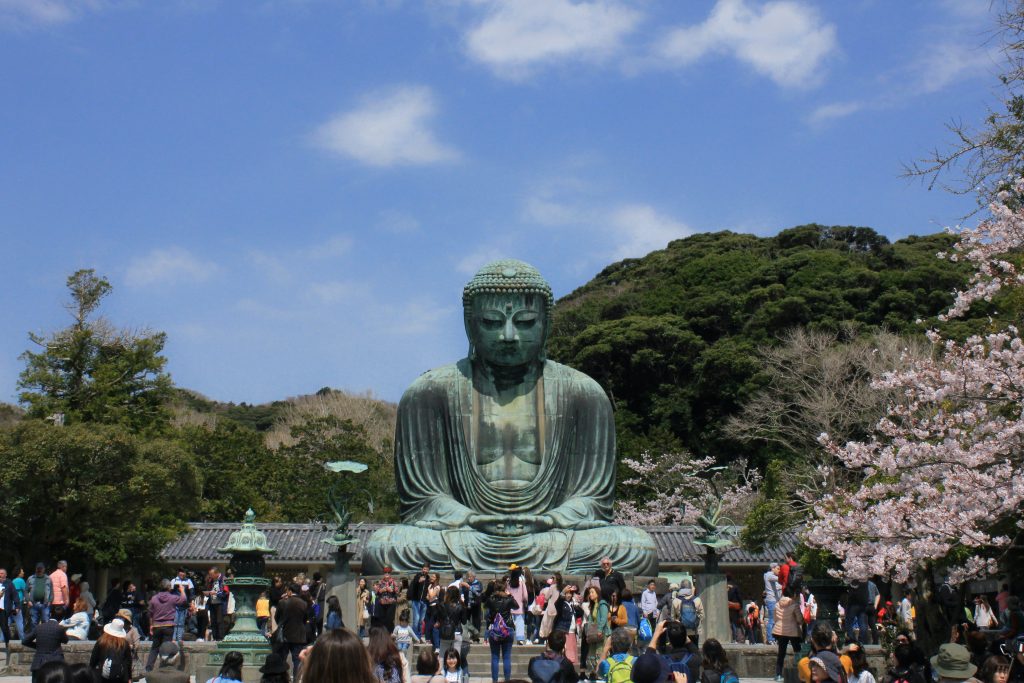
Great Buddha of Kamakura - Including the base, it measures 13.35 metres (43.8 ft) tall and weighs approximately 93 tonnes (103 tons). According to temple records, the statue dates from around 1252, during the Kamakura period, which it is named after.
- The statue is hollow, and visitors can view the interior. Many visitors have left graffiti on the inside of the statue. At one time, there were thirty-two bronze lotus petals at the base of the statue, but only four remain, and they are no longer in place.
- A notice at the entrance to the grounds reads, “Stranger, whosoever thou art and whatsoever be thy creed when thou enterest this sanctuary remember thou treadest upon ground hallowed by the worship of ages. This is the Temple of Buddha and the gate of the eternal, and should therefore be entered with reverence.”
- Hokkaido 北海道
Package: Hokkaido Day Tour from Sapporo: Asahiyama Zoo, Shirahige Waterfall, and More (English / Chinese Guide)
Promotion: SGD$ 83.99 (Book here)
Japan’s the second largest island and comprises the largest and northernmost prefecture, making up its own region. The Tsugaru Strait separates Hokkaidō from Honshu; the two islands are connected by the undersea railway Seikan Tunnel.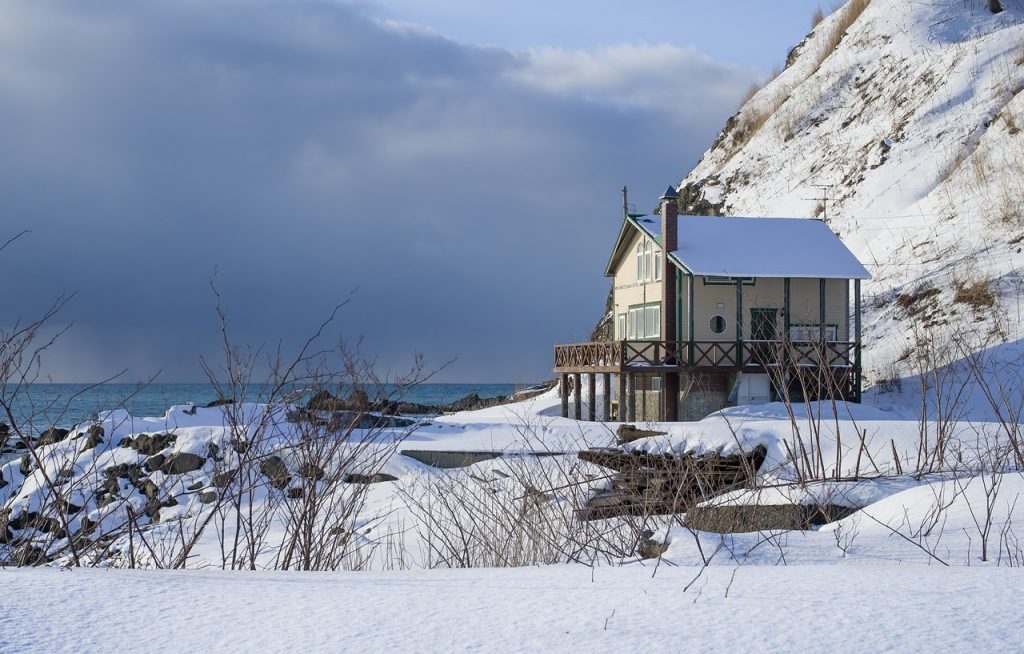
Hokkaido - The largest city in Hokkaidō is its capital, Sapporo, which is also its only ordinance-designated city. Sakhalin lies about 43 kilometers (26 mi) to the north of Hokkaidō, and to the east and northeast are the Kuril Islands, which are administered by Russia, though the four most southerly are claimed by Japan. Hokkaidō was formerly known as Ezo, Yezo, Yeso, or Yesso.
- The Shiretoko National Park (知床国立公園, Shiretoko Kokuritsu Kōen) at the northeastern tip of the island of Hokkaidō, Japan is a UNESCO World Heritage site since 2005. One of the most remote regions in Japan, much of the peninsula is only accessible on foot or by boat. Shiretoko is best known as the home of Japan’s largest population of brown bears, and for offering views of Kunashiri Island, ownership of which Japan and Russia dispute.
Explore more activities and promotion packages at
Klook.com
As usual, are you a money changer? Join us by leaving your contact here directly and stand to gain our whole suit of software and hardware for free to help digitize your business.
Missed our recent news? Catch up on news like Top Attractions for Japan Travellers here https://stories.cashchanger.co
Compare Remittance best rates to send money to Japan from #Singapore to #Tokyo #Japan – https://remit.cashchanger.co/singapore/sgd-to-jpy
Catch us on:
Web: https://cashchanger.co | https://remit.cashchanger.co/
Telegram: https://cashchanger.co/telegram
Facebook: https://fb.me/cashchanger
Instagram: https://www.instagram.com/cashchangercom/
#exchangerate #remittance #compareexchangerates #compareremittancerates #fxrates
With thanks and referenced from wikipedia.org


